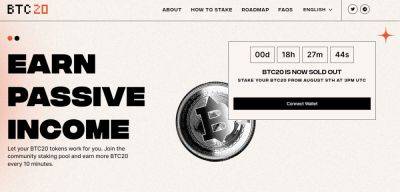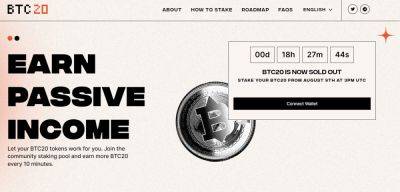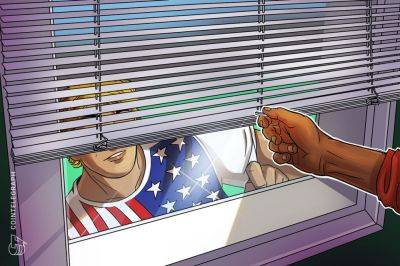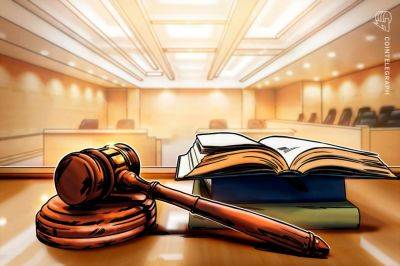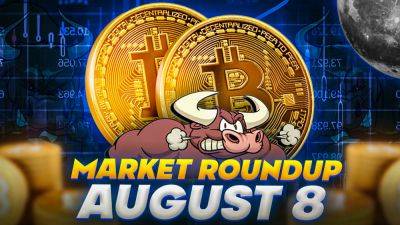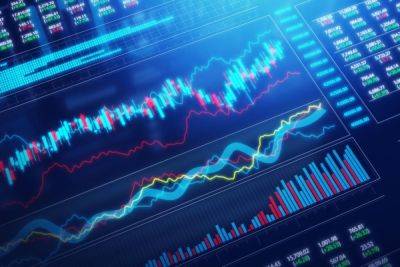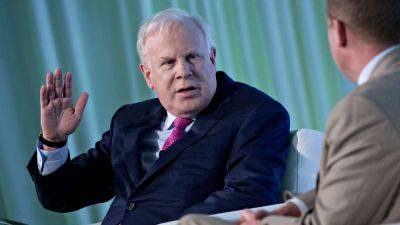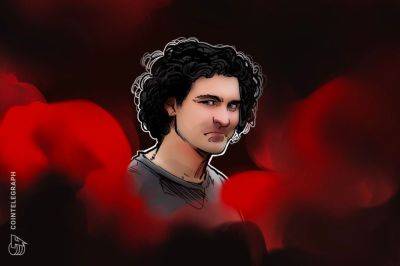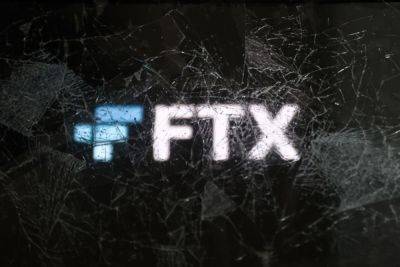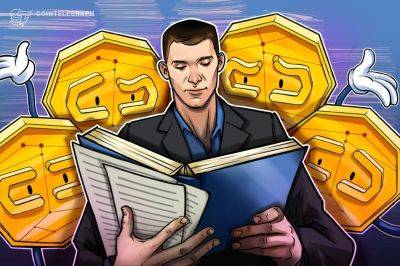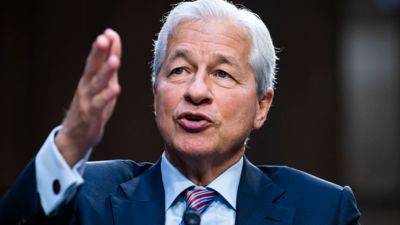The American banking landscape is on the cusp of a seismic shift. Expect more pain to come
In this article
The whirlwind weekend in late April that saw the country's biggest bank take over its most troubled regional lender marked the end of one wave of problems — and the start of another.
After emerging with the winning bid for First Republic, the $229 billion lender to rich coastal families, JPMorgan Chase CEO Jamie Dimon delivered the soothing words craved by investors after weeks of stomach-churning volatility: «This part of the crisis is over.»
But even as the dust settles from a string of government seizures of failed midsized banks, the forces that sparked the regional banking crisis in March are still at play.
Rising interest rates will deepen losses on securities held by banks and motivate savers to pull cash from accounts, squeezing the main way these companies make money. Losses on commercial real estate and other loans have just begun to register for banks, further shrinking their bottom lines. Regulators will turn their sights on midsized institutions after the collapse of Silicon Valley Bank exposed supervisory lapses.
What is coming will likely be the most significant shift in the American banking landscape since the 2008 financial crisis. Many of the country's 4,672 lenders will be forced into the arms of stronger banks over the next few years, either by market forces or regulators, according to a dozen executives, advisors and investment bankers who spoke with CNBC.
«You're going to have a massive wave of M&A among smaller banks because they need to get bigger,» said the co-president of a top-six U.S. bank who declined to be identified speaking candidly about industry consolidation. «We're the only country in the world that has this many banks.»
To understand the roots of the regional bank
Read more on cnbc.com






